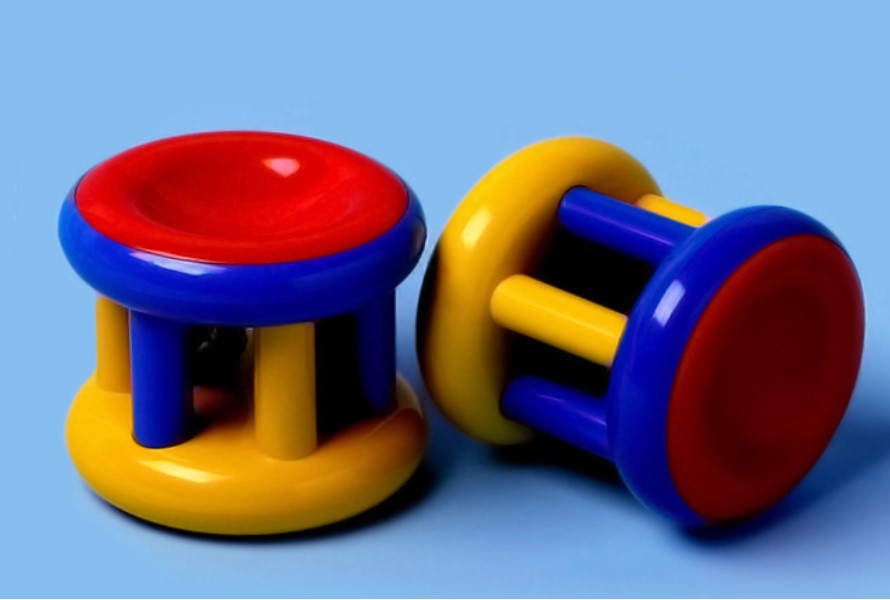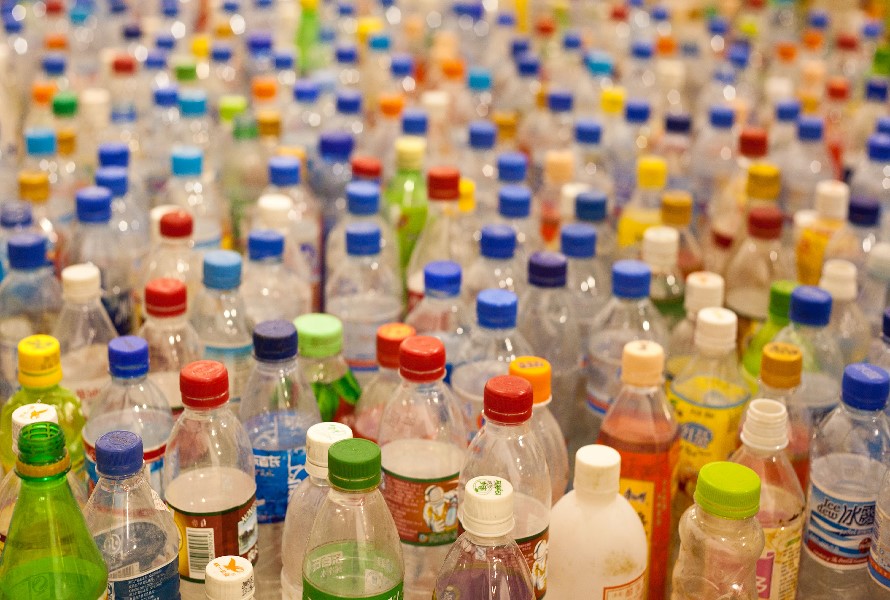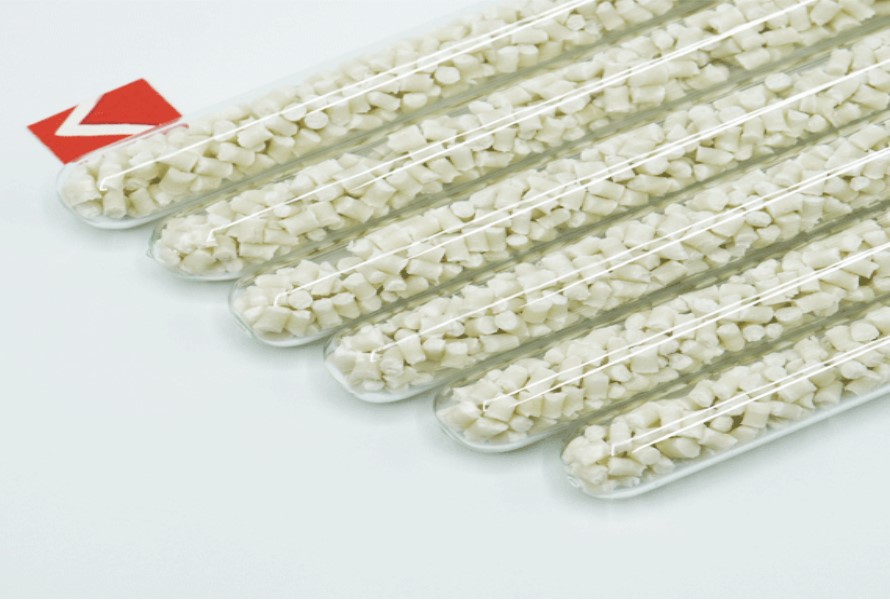ABS plastic price fluctuates depending on many factors. Plus, the price trend in different markets can be varied. Whether you're a manufacturer or a consumer, understanding the changes is always beneficial.
Our article will discuss various factors affecting the cost of ABS material, analyze the trend in different markets, and provide useful tips for businesses and buyers on dealing with fluctuation. Let's scroll down for more!
Read more: Recycled ABS plastic - Process, Advantages and Disadvantages
1. Factors Affecting ABS Plastic Price
ABS plastic material price is influenced by various factors, including:
- Raw material costs: ABS comprises three main components: acrylonitrile, butadiene, and styrene. The production costs of ABS material are significantly affected by fluctuations in these monomers' prices. Acrylonitrile, which comes from petrochemicals, is susceptible to crude oil pricing. Meanwhile, butadiene is derived from hydrocarbon processing and is subject to industrial dynamics. And styrene is a product of ethylene and benzene and is influenced by production variations.
- Demand and supply dynamics: ABS market prices are influenced by demand and supply dynamics, with the automotive sector and electronics and consumer goods industries being major consumers. Consumer preferences and economic conditions determine the demand, while supply chain disruptions, natural disasters, and geopolitical tensions can affect production and distribution. Changes in the global economy and business dynamics can also impact ABS material price.
- Geopolitical Factors: International relations and trade policy are two examples of geopolitical issues affecting the ABS plastic price dynamics. For example, any changes in trade agreements or tariffs can disrupt global supply chains and impact the availability and cost of ABS. Due to its worldwide interconnection, the polymer sector is susceptible to market access and trade law changes, causing price fluctuation.
- Innovations and technological advancement: New technology applied to enhance ABS performance while maintaining its cost-effectiveness can trigger the cost of ABS material. Changes in production costs brought about by new manufacturing processes, recycling innovations, and sustainability initiatives also may impact its prices.

2. Historical Trends and Forecasts
Below is a brief summary of ABS's historical trends and forecasts in recent years in three major markets: Europe, Asia, and North America.
2.1. Europe
In response to the increased spending on home modifications post-COVID-19, ABS plastic price in Europe started to rise in the middle of 2020, citing strong demand from non-automotive businesses such as electrical appliances and furnishings.
In the first quarter of 2021, ABS saw significant demand in the European market because of reduced supply and a lack of containers. The rebound of the European economy in Q2 boosted demand. On the other hand, Q3 experienced inconsistent pricing due to lower output, higher feedstock value, and AnQor's declaration of force majeure. At the end of 2021, the European ABS market remained robust, with prices fluctuating between 2850 USD/MT FOB and 3015 USD/MT, driven by high feedstock styrene prices and unchanging winter vacations.
In the first half of 2022, Europe experienced supply chain shocks due to the conflict between Russia and Ukraine, growing crude oil prices, and freight costs. However, in the second half of 2022, because fewer inquiries were received from the construction and automotive sectors, ABS material price in the European market stayed lower.
The energy crisis and the construction industry had a negative influence on European ABS prices in Q1 and Q2 of 2023. However, because of strong demand for synthetic rubber, it increased by about 5% in October and November.
At the beginning of 2024, limited consumption from downstream sectors and supplier concerns caused the European Acrylonitrile Butadiene Styrene market to start slowly. However, the Russian-Ukraine war resulted in higher energy prices and more demand from the plastics sector, which raised ABS plastic price.

2.2. Asia
In 2020, Asia's Acrylonitrile Butadiene Styrene market saw strong support from manufacturers despite declining automobile sales, with Chinese ABS makers reporting profits.
ABS plastic material prices in the Asia market declined in Q1 2021 due to the Chinese New Year. Demand remained steady in Q2 when China's car and construction industries recovered. However, power limitations and feedstock shortages in Q3 and Q4 led to the price decline.
In Q1 2022, styrene prices in China reached 9350 RMB/MT due to growing disposable income and building sector penetration. Primary raw material shortages affected suppliers' operations, raising prices. However, the market improved towards the end of Q2, keeping ABS plastic prices steady.
Due to poor downstream demand and limited feedstock supply, the price of Acrylonitrile Butadiene Styrene fluctuated in 2023. Nonetheless, as market demands increased, the supply-demand dynamic remained steady. The performance of the upstream materials was uneven; acrylonitrile prices increased somewhat as a result of the high cost of propylene, while butadiene and styrene prices decreased.
In the first quarter of 2024, the price trend for ABS in Asia remained sluggish. This was because inventory supplies supported downstream needs, leading to a loose market run; however, shortly after, a supply crisis emerged in the area.
2.3. North America
In 2020, there was a surge in demand for engineered plastic in North America due to rising domestic equipment purchases and a growing work-from-home culture.
In the first quarter of 2021, winter storms in the US resulted in a lack of supplies, including styrene and acrylonitrile, thus raising ABS plastic price. Due to supply chain disruptions caused by Hurricane Ida, prices increased more in Q2, Q3, and Q4.
In 2022, crude oil and natural gas decreased in price after reaching their peak. Lower prices for butadiene and styrene and a decline in market demand due to recessionary speculation all impacted further price reductions of ABS.
The first half of 2023 saw a variety of factors impact the price of ABS material in North America, including inflation, interest rates, and changes in the marketplace. In the second quarter, prices peaked and then started to decrease. It remained constant from July to September, and the growth of the polymer and automotive industries continued to contribute to some stability in the fourth quarter.
Similar to markets in Asia and Europe, North America's ABS plastic price situation began with low consumer demand holding down the price graph. However, upstream prices increased due to a rapid rise in feedstock costs, placing further strain on suppliers. It resulted in a consistent upward trend in the ABS price graph over the second part of the first quarter.
3. Tips for Businesses and Consumers
3.1. For Businesses
Businesses should keep an eye on raw material costs, diversify their suppliers, use flexible pricing plans, improve inventory control, and look into substitute materials to lessen the impact of changes in the price of ABS material. Forecasting the changes can be aided by understanding trends in important raw materials such as butadiene, acrylonitrile, and styrene. Businesses should work with several vendors to deal with price fluctuations and interruptions in the supply chain. Just-in-time techniques can be applied when prices are more advantageous, while effective inventory management techniques can reduce the impact of price variations. Furthermore, investigating substitute materials or polymers might offer economical options for production procedures.
3.2. For Consumers
There are ways to help consumers deal with ABS plastic price changes. Buyers should compare costs from several merchants when purchasing ABS plastic items and take advantage of special offers, discounts, and promotions to save money. If prices get out of hand, consider alternatives that provide comparable performance and functionality for less money. Smart consumers usually evaluate lifespan and durability to strike a price-quality balance. Plus, buyers should keep up with market trends and advancements to be aware of price adjustments and possible ways to cut costs.
4. Conclusion
It's difficult for the ABS plastic price to remain stable for too long, and changes depend on various factors. Thus, it's important for both businesses and consumers to be aware of the fluctuation. Knowing the ABS material market will help businesses reduce production interruption, while buyers can be more proactive in finding the desired items.
5. About EuroPlas ABS Plastic Products
EuroPlas has a list of engineering plastic compounds blending ABS resins with additives and reinforcements to enhance the properties of the final product. The perfect combinations create a single material with all functions in one, making the production process easier and faster. Thus, our customers can improve their productivity.

Here are highlighted products from EuroPlas:
- ABS Glass Fiber Compound: It's a combination of ABS resin, glass fiber, and suitable additives. It can help increase stiffness, heat deflection temperature (HDT), and softening point (VICAT) of end-products. Its common application includes earphones, car fuel tank cap, printer and primer cartridges, and car interiors.
- ABS Antistatic compound: It's the blend of ABS resin and antistatic additive. It can prevent surface static, thus minimizing the risk of electrostatic discharge and ensuring safety during processing and product use. You can use it for mobile chargers, power sockets, electronic components, earphones, keyboards, and electronic component pallets.
- ABS flame retardant compound: The compound is made of ABS resin and flame retardant additives, which are in different fire resistance levels according to UL94 standards: V0, V1, and V2. Thus, it's useful in preventing fire spread on plastic surfaces. Its applications include electronic component pallets, vacuum, electric, and electronic components.
Contact EuroPlas right now for more details!